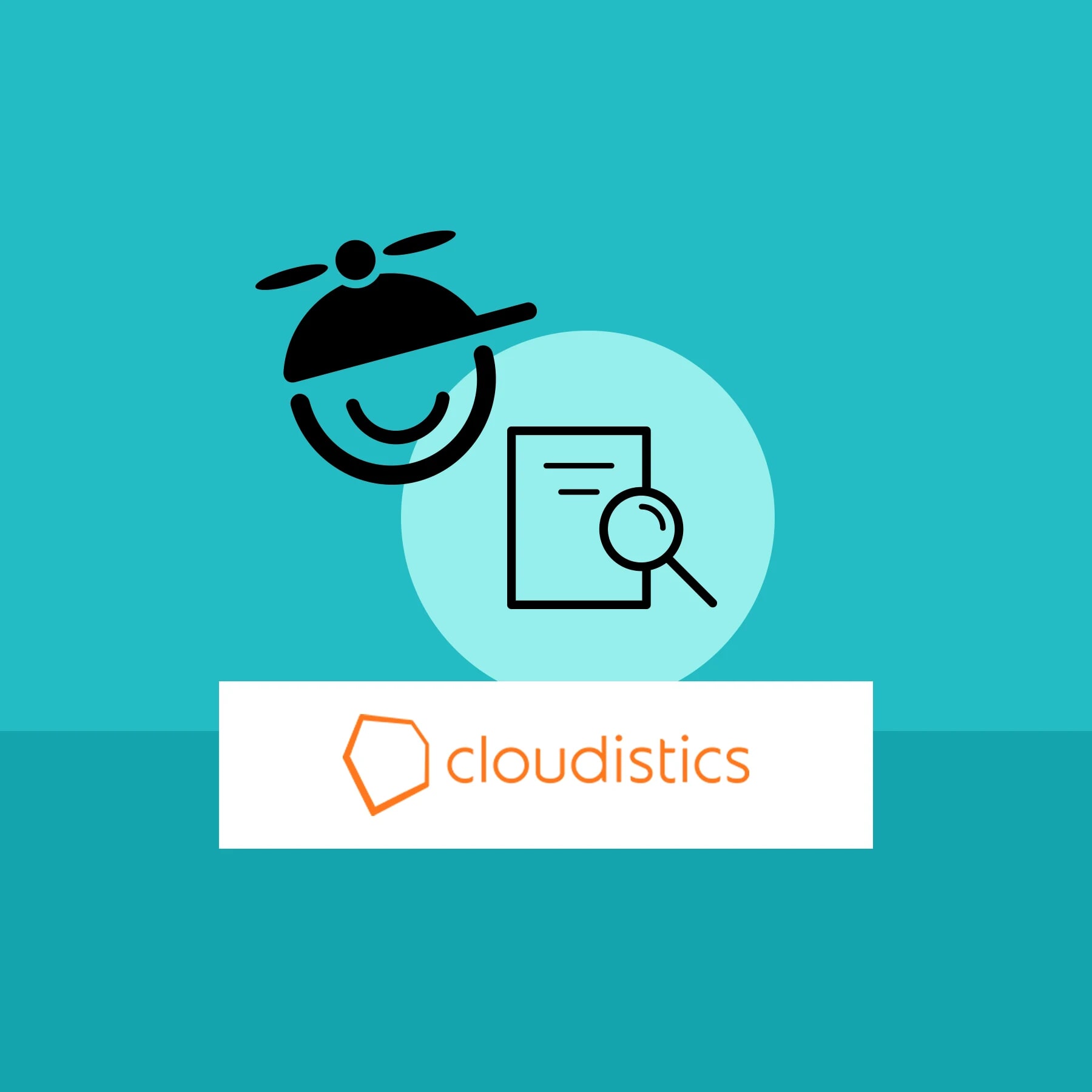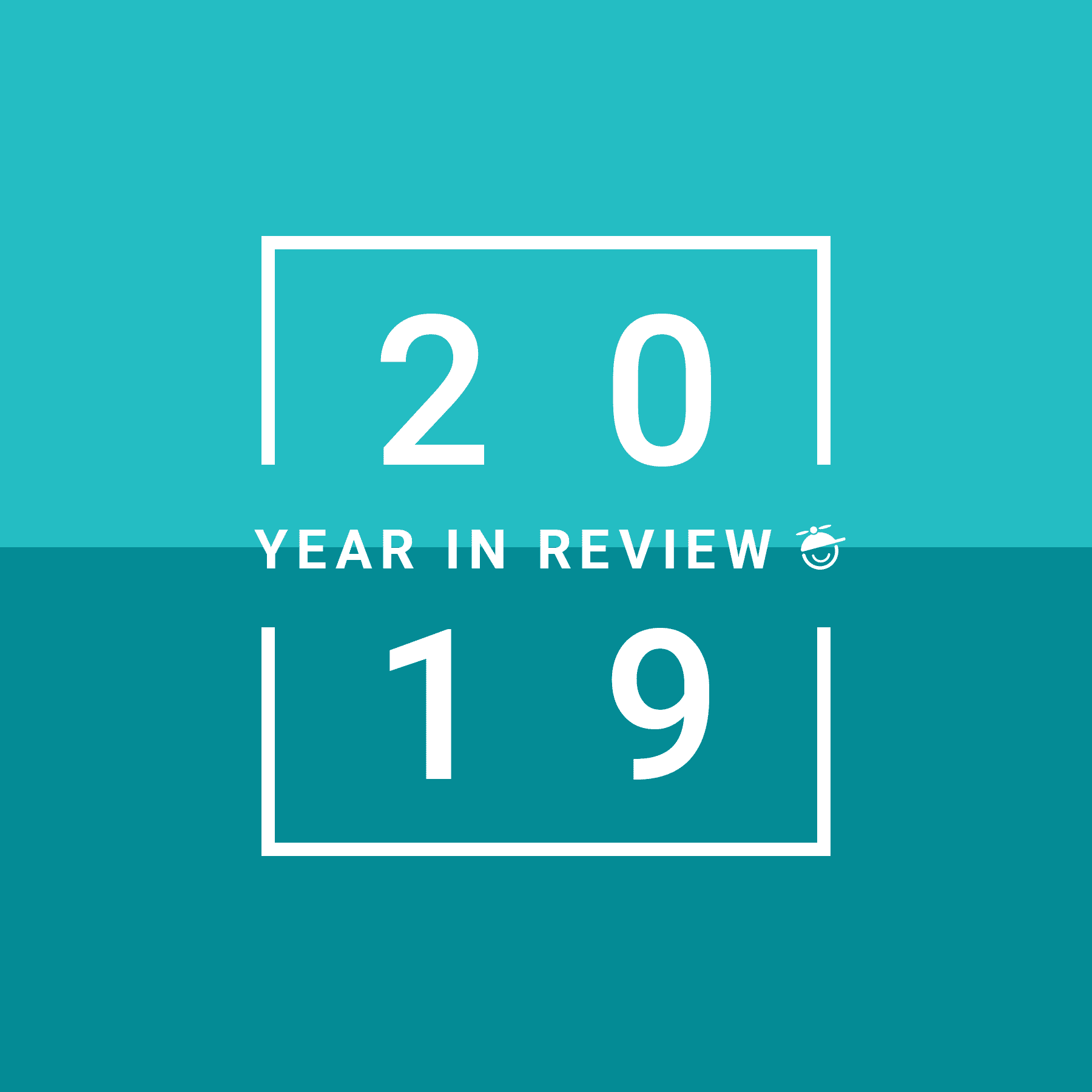Over the decades, SimCorp Dimension® has evolved to become a world-class, front-to-back investment management system featuring a long line of integrated solutions and associated services. Through a suite of online Help topics, user manuals, and PDF files the technical documentation team relies on MadCap Flare to keep their documentation and its processes modern and stable with SimCorp’s move to an agile methodology and the cloud.
Since migrating over to Flare, SimCorp has been able to:
- Streamline the documentation process through topic-based authoring and content reuse as SimCorp goes to agile development and the cloud.
- Standardize processes for an efficient and transparent workflow and easy, flexible assignment of tasks to writers.
- Customize the authoring and publishing environment to support corporate requirements.
Creating a Customized and Structured Documentation Process
Back in 2011, the SimCorp Dimension documentation system had become unmaintainable. Components were bolted together by error-prone helper applications and scripts, which only one or two developers could maintain. With over 100 user manuals and 100,000 Help topics, maintaining up-to-date user manuals became impossible for the small team of technical writers; the content contained gaps, redundancies, and inconsistencies.
They decided it was time to put strategy before tools and move from writing front-to-end sequential user manuals to task-oriented, topic-based information architecture. The architecture was built on a subset of elements from the topic-based Darwin Information Typing Architecture (DITA) standard to ensure that their documentation would reflect all common use cases.
Then, it was time for the tool selection process. They casted a wide net to include tools and content management systems, which led them to MadCap Flare. Thanks to its unique fit, Flare provided all required output formats. Its paradigm of topic-based authoring supported the new information architecture and the easy import of legacy Microsoft® Word documents ensuring that their conversion of content would succeed.
“One of the things I love most about Flare is that the files, including topics, snippets, tables of contents, and JavaScript, are so transparent that we can go in and change whatever we want to achieve almost anything,” Mads Sorensen, SimCorp lead technical writer, observes.
“We really appreciate Flare’s extensibility, which supports us in creating our own extensions to support our software requirements, and that’s what has made it the perfect tool for us.”
MADS HOLM SORENSEN
Lead Technical Writer | SimCorp
A Transparent Workflow Led to Cross-Departmental Efficiency
With MadCap Flare in place, legacy manuals were imported from Word to be restructured and streamlined. There is now a single source for everything. Updating user manuals had become much easier and faster. Thanks to the topic-based architecture, the work could easily be distributed and traded between writers.
“With Flare, writers from separate teams can collaborate on the same topic, whether they’re aware of it or not, and it will come out seamlessly in one tone and style,” Sorensen explains.
MadCap Flare's rich feature set also supported SimCorp's complex documentation process for dozens of writers and reviewers:
- Topic status, author, and localization languages are reflected in topic File Tags, which are used to control and process the topics along the workflow.
- On-demand building and publishing of user manual updates is automated in batch targets.
- Downloadable PDFs of the Help contents are integrated in the HTML5 build by using build events.
“We went from two to four major releases per year, and we adopted two-week agile sprints, which meant we needed to update our documentation at least every two weeks to sync with the development cycles,” recalls Kai Weber, SimCorp lead technical writer.
“We also needed to think about how to support over 50 agile teams while still creating and maintaining a documentation set,” adds Sorensen.
This is where the DITA-based topic architecture paid off, according to Weber: “The fact that Flare’s topic-based authoring functionality, which we were already taking advantage of, works perfectly under the new agile environment has made the transition a lot simpler and smoother.”
The standardized process enabled their team to assign writers to work on documentation tasks, even outside of often-used projects. Additionally, MadCap Flare’s integration with Microsoft® Team Foundation Server (TFS) for source control allowed writers to more effectively synchronize their efforts on projects.
The standardized process enabled their team to assign writers to work on documentation tasks, even outside of often-used projects. Additionally, MadCap Flare’s integration with Microsoft® Team Foundation Server (TFS) for source control allowed writers to more effectively synchronize their efforts on projects. If you’re interested to know more about learning content management systems, we’ve written about this topic in detail.
Otherwise, if you're looking to read the full customer success story? Visit our website here.








